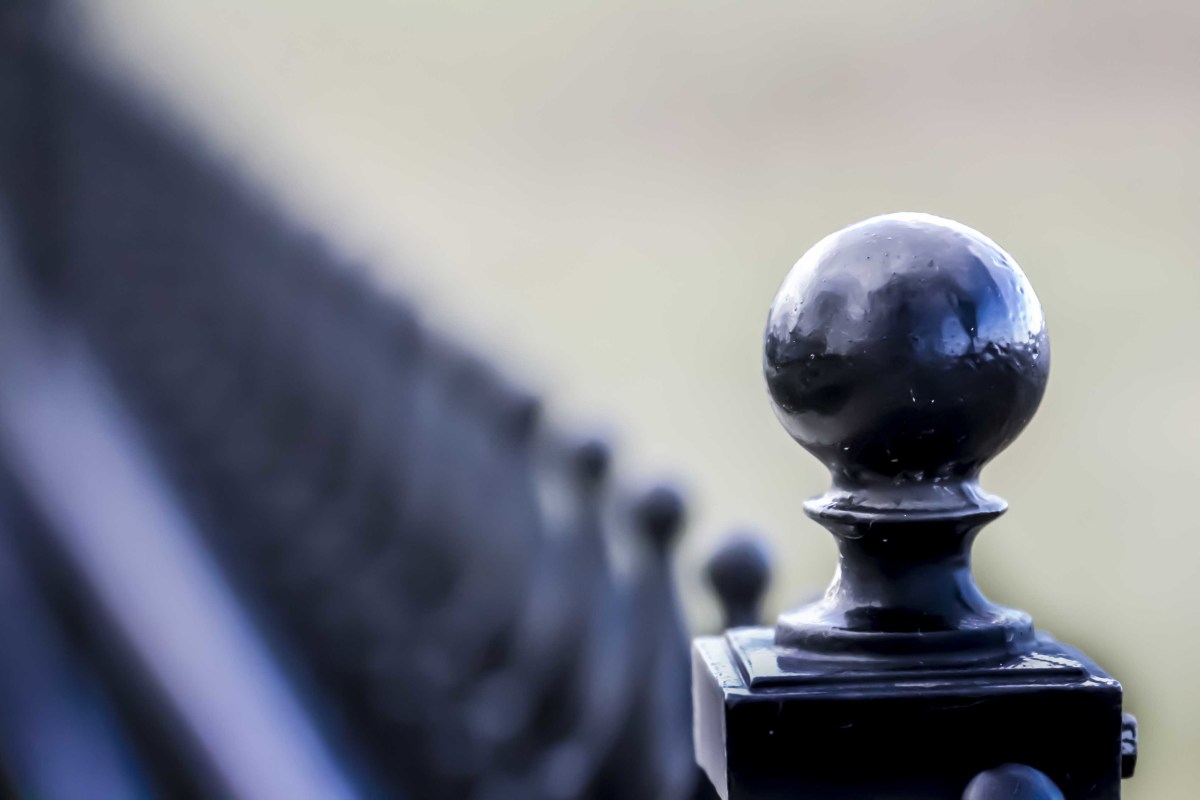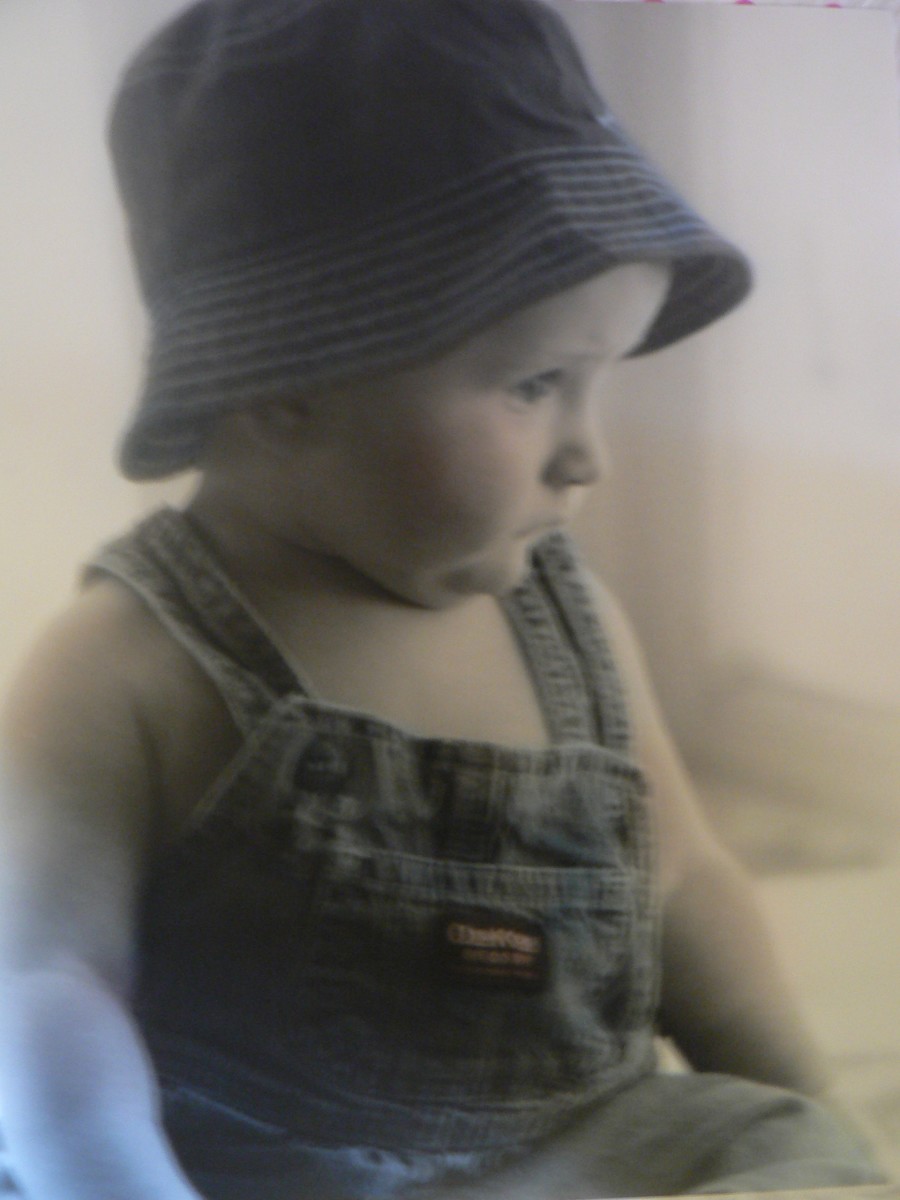Cool DIY Photography Hacks
Not my photo but you get the picture
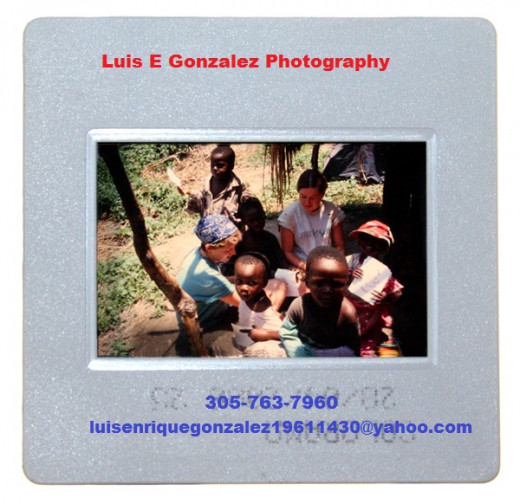
Flash Clamps
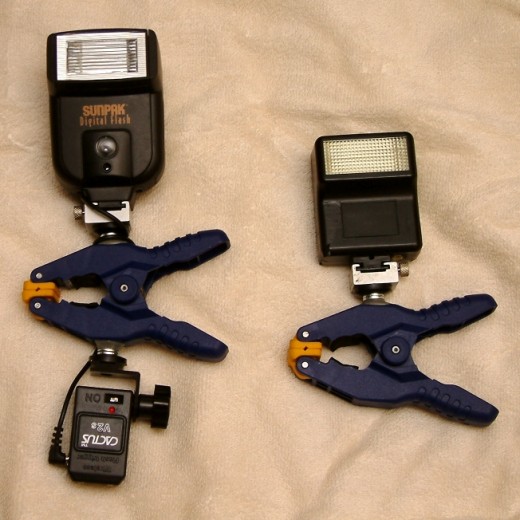
"Hack can mean a lot of different things, but it generally just means altering something in a way that wasn't intended.
When you see it in reference to the GH1 hack, they're talking about a binary patch to the firmware. The idea here is to take a legitimate firmware update from Panasonic, then rewrite portions of it to change the way it works (e.g. change the bitrate at which the video is encoded). This modified (hacked) firmware is then loaded onto the camera, giving the user capabilities that Panasonic never intended to give them." http://www.dpreview.com/
Let's face it, photography can get to be an expensive hobby or profession. Even the smallest lenses can cost upwards of over $100.
Tripods, cases, batteries, flash units, filters and many other items are not cheap and if not careful, one can even spend quite a hefty sum before even realizing it.
However, there are many hobbies and professions that can greatly benefit from DIY hacks and photography is no exception.
There are quite a number of things that anyone with some common sense, and an understanding of the photographic rules and what each piece of gear does is capable of creating hacks if you put your mind to it.
For example a reflective umbrella is usually about $40 and these are the, to say it kindly, "economical" models. An inexpensive everyday umbrella bought for about $8 dollars and a can of metallic spray paint will do the trick and the results are just as good as if it were professionally made.
If you really want to go the "no frills, really cheap" way then any umbrella will do. Simply tape sheets of white paper to the interior until it covers it all. This is a one time use so get plenty of paper for the next use.
Likewise did you know that you can fashion a super cheap, very flexible, "disposable" tripod from string? Get a long piece of string, measure it so that it can reach from the ground to the bottom of the camera in sorts of a "triangle" shape, and tie it to the base of the camera with a flash mount screw. When you place your camera to your face in order to aim and shoot at the subject, the tension created by you stepping on the "triangle" string base helps stabilize your hands.
Need a flash diffuser on the go? Place a cigarette box whose bottom you have cut out and with the lid open and facing the subject on top of the camera mounted flash unit.
Ever wanted to create "miniature" scenes by using a tilt shift lens but could not afford one? All you really need is a bellows or similar device plus some basic tools and some other basic pieces of material. Basically anything that you can attach to the back of a regular lens and to the camera, is light weight, light proof and flexible will do.
The bellows,since it is movable, will replicate the effects of a tilt shift lens, which all this lens does anyway is to "bend".
Reading Glasses Lens "Filter"
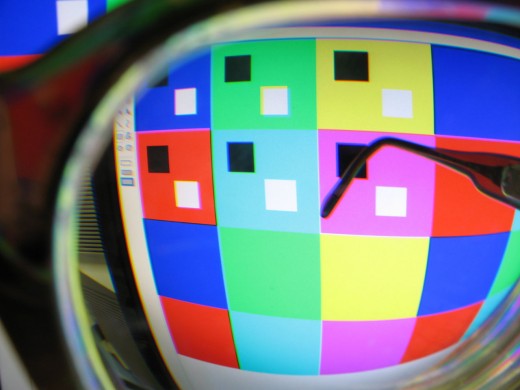
Paper Cut Outs Filter
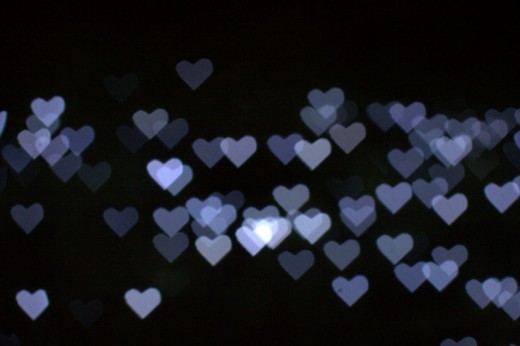
Want to add interesting high lights to a rather blank scene, then use a standard everyday pedestal lamp, cut out designs or shapes into a flexible cardboard piece, wrap it around the lamp shade and voila!
You now can cast shadows or highlights into a surrounding wall. Add colored cellophane wrap to the cardboard and you get the effects in color.
Snoots are devices that focus a narrow beam of light unto specific parts of the subject, usually the face area in portrait photography. But snoots can be expensive (about $38 for most good ones) like most any photographic gear.
A simple Solo plastic drinking cup which has its exterior painted black and whose bottom has been removed when placed on top of a light or flash unit does the same function as a store bought one.
If you want a better performing one which you can take anywhere without the fear of breaking it then get two sheets of craft foam from your local arts & crafts store. They are very flexible and durable.
Get one black and one white and also get some Velcro strips. Cut two identical can shapes of the foam (one black and one white). Form the two foam materials into a can shape. The white for the interior to bounce the light better and the black for the exterior to keep light from escaping.
Use the Velcro tape on the outside portions of the foam to connect the strips (joining the halves of the "can") to make it tight around a flash head. Now you have a very good looking snoot which you can take anywhere and if it breaks, then don't worry since your total cost is probably around $5 bucks.
Like chips? Well a Pringles can works as a great snoot. Cut the bottom to the shape, square or round (it doesn't really matter) and fit it on the flash unit. But the flash must be one that can swivel (up and down).
You can also tape a white piece of cloth to the end that faces the subject to convert it into a diffuser. Cotton t-shirts work best.
Tilt shift lens

Want to add a flash anywhere? Then using slave flash units and some plastic grips will solve the problem.
Simply epoxy a removable hot shoe mount unto the grip handle. You're done.
Here is a really cool hack which really blew my mind when I first read about it as to why I had not thought about it first.
Get a pair of cheap eye glasses; sunglasses, not too dark, and the other a drugstore bought reading glass in +3 diopter range.
Remove at least one of the the lenses and hold it in front of the camera lens for a special effect or to serve as a polarizing filter.
Do the same with the reading glass lens and you now have a cheap "macro filter".
For the sunglasses you may have to manually set the white balance on your DSLR or your camera will keep trying to adjust the settings.
The shots simulate a retro look which may contain some aberrations but this is part of the effects that make the shot look cool.
Image shot with a snoot
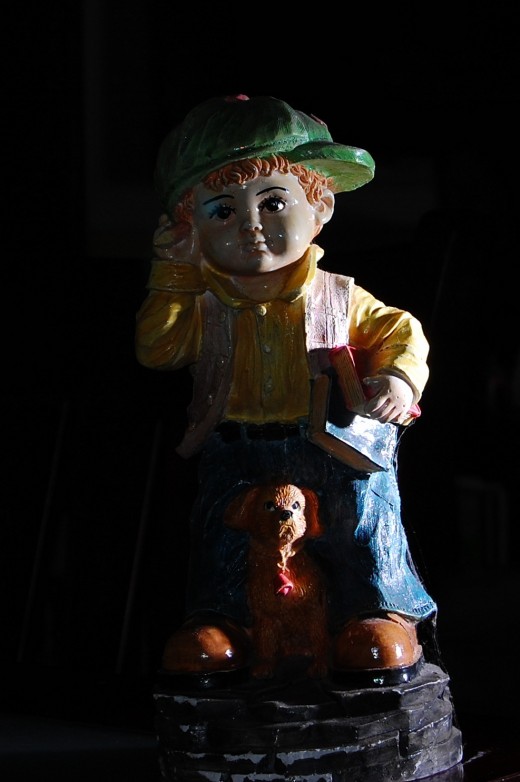
Found it useful?
Do you like to do product shoots? If so a really cool way to add some pizazz to the shot is to place the product on a table top.
But there's a bit more to it. Get at least four clear glass sheets; one for the back, and three sides plus one on which to place the article.
Paint one side of each glass in glossy black spray paint. The painted side faces away from the product.
Get a digital tablet on which you can display some digitally created diagonal lines in the color of your choice. Use the digital tablet as your source of illumination and put it facing the product at a 45 degree angle (slightly above the product).
The lines will reflect off the glass and this will show on the final image. Keep in mind that some of the digital highlights will also probably reflect from the product as well.
If you don't mind this then it can create some very interesting shots.
If there is a river, lake, or stream near where you live you can do underwater pictures at a fraction of the cost of buying an underwater camera or underwater camera housing.
Get a small fish tank, stick Velcro in the bottom interior of the tank and to the bottom of your regular DSLR, place the front of the lens element very close to the edge of one of the sides of the tank, set the camera for auto focus, release the shutter with a mechanical or electronic shutter release. The auto focus may not work well if there are moving elements in the water so take plenty of pictures.
Works for water systems that are not deep or if in deeper water you can hand hold the entire fish tank housing but keep in mind that this can get bulky and it is much better to simply set the tank in the water. Try to set it up in a location where the water only reaches about halfway up the tank.
Paper reflective umbrella
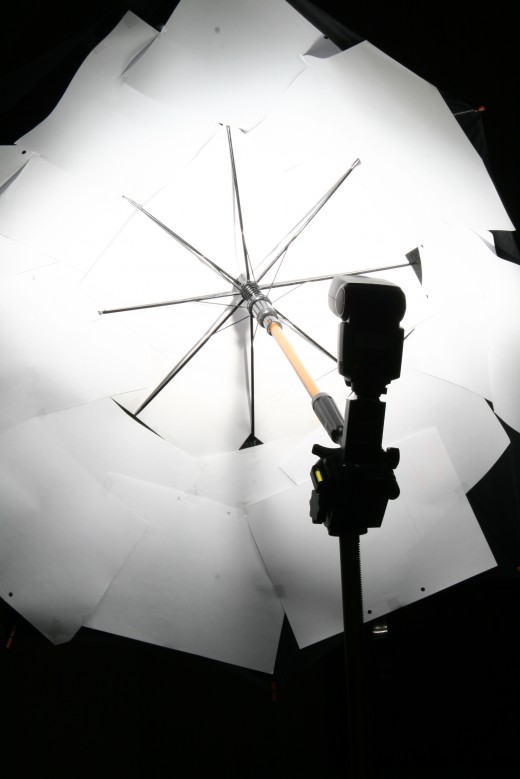
Get a lens cap, cut around the interior edge, now place a piece of cardboard onto which you have cut out some shapes like little hearts, circles and so on.
Glue or tape the cardboard with the cut outs shapes to the end of the lens cap that faces away from the lens. Place it on the camera lens and start taking pictures.
This serves as a filter and can produce Bokeh type silhouettes when aimed at any lighted scene but works best during the nighttime hours.
You can also use this to attach to the front of a flash unit and project highlights onto a white surface.
I shot slides (positive film) for over 30 years and undoubtedly have thousandths of slides which I no longer need or want. I stamped my logo and contact info on the mount edges and now they are my business cards. Neat isn't it?
I enjoy doping macro photography (really close close ups) but often my subjects move, I can't seem to keep the camera completely still and because I shoot in daylight, I often end up with harsh shadows.
A simple frosted plastic cup solves the issues. Cut the bottom off to slightly the same size as the lens (it should just snap onto the lens), use some tape to secure it to the lens (keep it from falling off). The plastic cup now "traps" the subject, the frosting reduces harsh shadows by acting as a diffuser and the cup itself helps by adding more stability when pressed against a surface.
String tripod
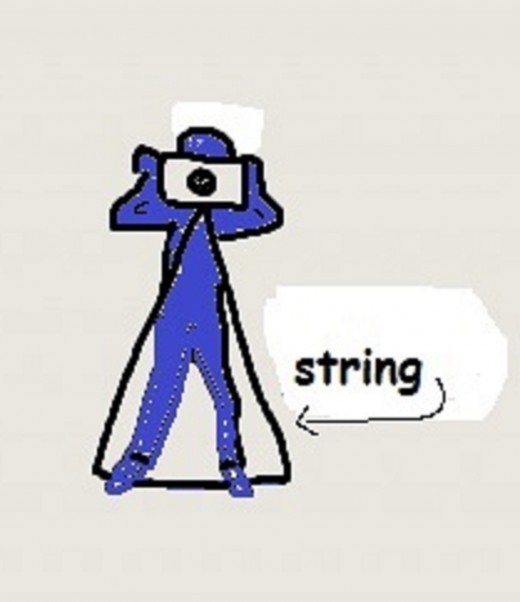
The important thing is to be creative and think outside the box. Saving a few dollars here and there can often make the difference plus do not overlook the pride you will feel when you make something with your hands!
© 2014 Luis E Gonzalez



